|
Andrew Graham's moth trap never ceases to amaze him with how many there are and what a variety of shape and size there is - and these fabulous (I think) creatures are out there every night and we are hardly aware of them. I particularly love their names and have wondered how they get them. Andrew explains some pretty obviously refer to the markings, like Black arches here, or colour like the Rosy footman in the middle. Then there's the plant on which caterpillars feed such as Sallow kitten (love his furry little feet) and there's also an Alder kitten. Then there's shape - eg the Pebble hook tip below. (Just click on the photo to enlarge it and read the caption - All Andrew's photos, of course). Some refer to when you might see them like the July Highflier. Some refer to people's names or a location or habitat. Others, which I'd love to see, indicate how difficult some are to identify for example: Uncertain, Confused, Anomalous and Suspected. Then some are just plain mystifying like Druid, Exile, Sorcerer or Conformist. Or indeed - why Small Phoenix?! Surrounded by countryside, Tisbury is clearly a good place to see moths so any external light is likely to attract them. For this reason, only run a moth trap occasionally and let the moths go as soon as possible in the morning. Also try to ensure the light doesn't disturb the neighbours.
But all this is by the by. The variety is the thing and since starting to record the moths in his garden back in March, Andrew's identified 160 species of larger moth and there are bound to be more in the years to come Comments are closed.
|
Photo: Avocets (Izzy Fry)
The headers display photos taken by our members. Do get in touch via the Contact Form if you'd like to submit a photo for selection.
Archives
April 2024
Categories
All
|
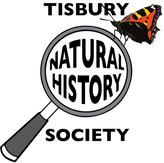
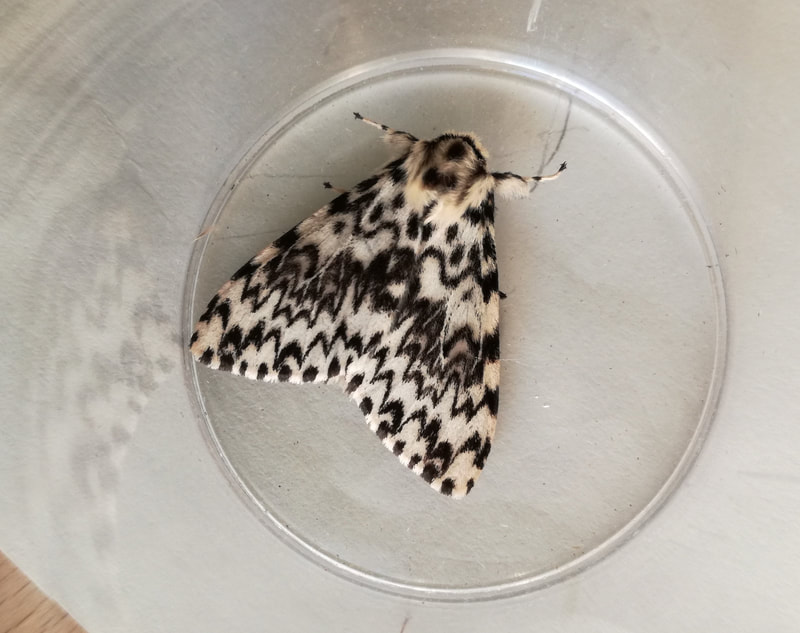
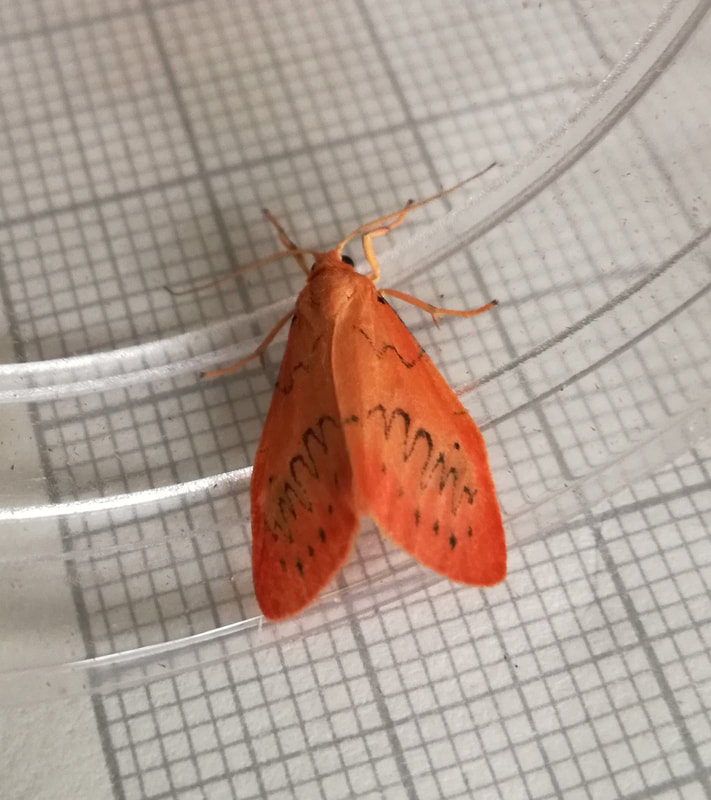
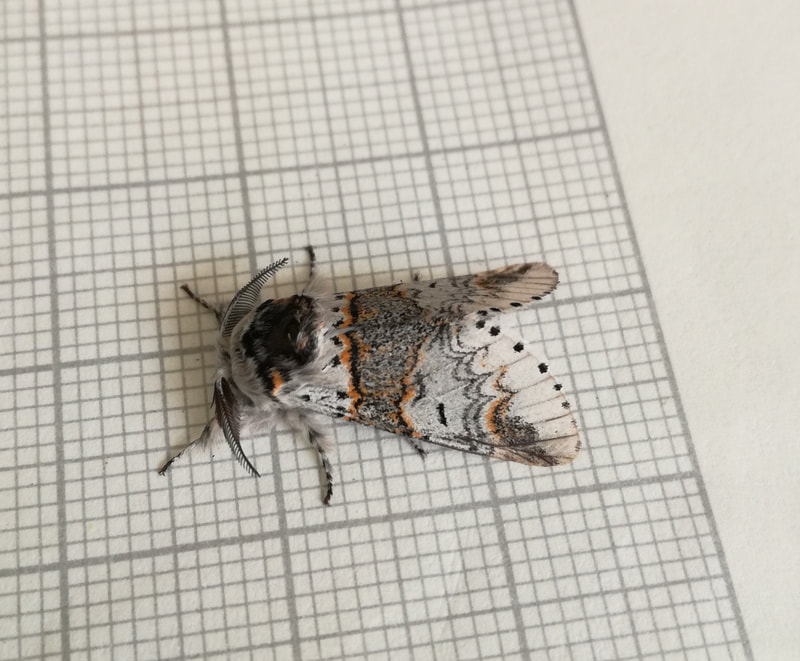
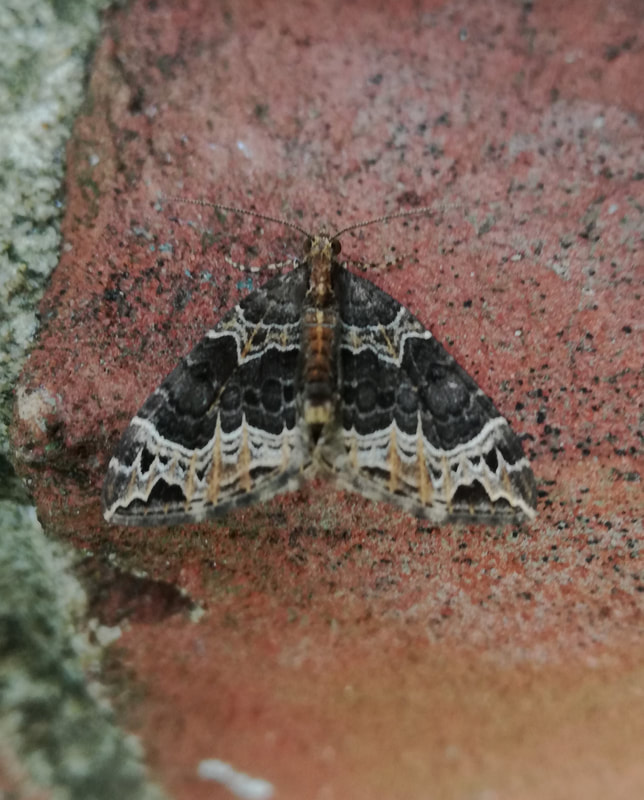
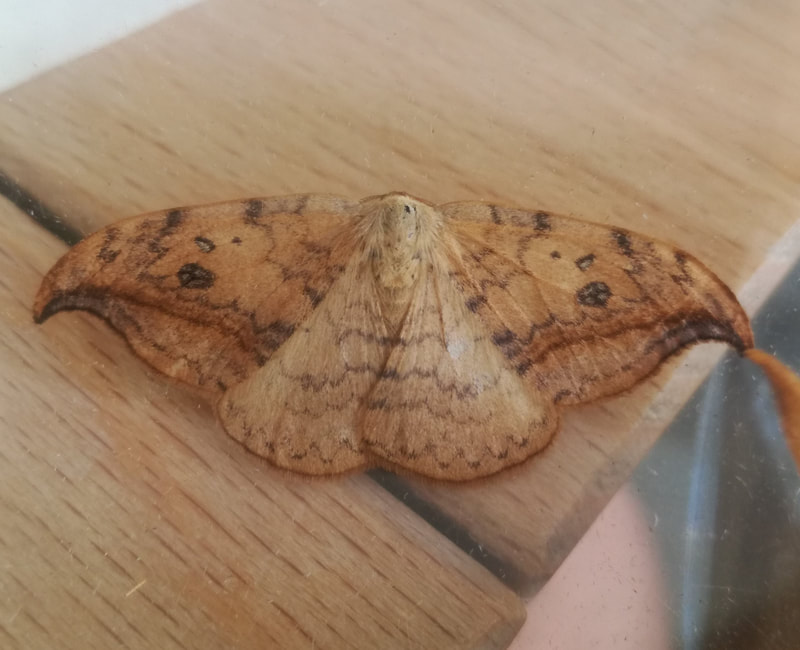
 RSS Feed
RSS Feed